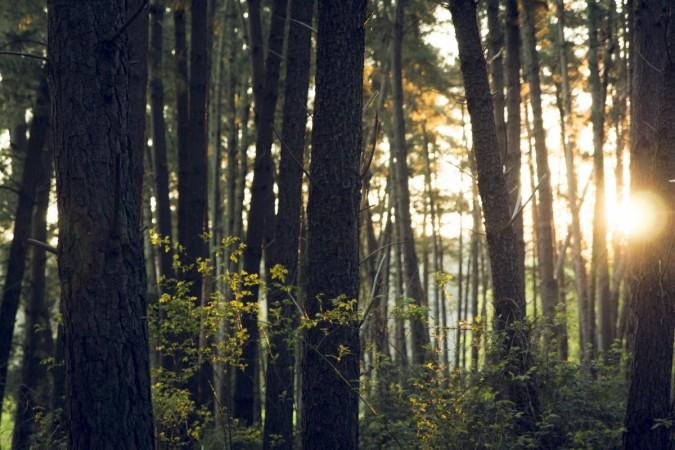
Global warming caused by human activity and the resulting climate change could actually act as a catalyst to increase the rate at which forests develop naturally in underdeveloped and abandoned land.
When a tract of land filled with weeds and grass is left alone, it will eventually start growing saplings and young trees, which will then, over time, develop into a mature forest, notes a report by Phys.org. This process takes a few decades, but researchers noticed that this natural procession from an empty field to forest happens a lot faster in some parts of the US than others. The southeastern US seems to grow forests faster than the northeast.
Researchers realized that there should not be such a significant difference between regions, more so because both the northeast and the southeast US have been colonized by the same tree species. The study that followed points out to climate being a major factor in the pace at which trees take over land and make them forests, notes the report.
Results of the research, conducted by scientists at the Duke University suggest that as the planet gets warmer by the day, fast-growing forests that simply take over idle land could play a vital role in carbon dioxide reduction from the atmosphere in future. This research covered six sites on the eastern seaboard of the US from New York to Florida.
Researchers then set about studying the early lives of four types of trees — Red cedar, Loblolly pine, Black cherry, and Sweetgum. These trees are known to be among the to first take over abandoned and idle farmland. Tree saplings were planted in plots that had varying fertility levels. They also had batches that mixed in succession plants like Broomsedge and Goldenrod, notes the report. Other variables that affect plant growth like light, moisture, and nutrients were also constantly monitored.
Two years later, researchers found that the trees grew faster in the southeastern sites. The only realistic conclusion that the scientists could agree upon is that the warmer south made it possible for trees to grow faster.
This finding is notable, say the researchers, because this region is expected to warm by 5 to 9 degree Celsius by the end of the century. While droughts are also expected because of rising climates, but if the drought stress is absent, warming climates will really accelerate the transformation of the field to forest.
"Certainly in the next 100 years and maybe in the next 50 years, fields will likely transition much faster to woody vegetation," said study said co-author Jason Fridley.
However, new, fast-growing forests are not going to cure climate change, say researchers: "Faster-growing forests on once-cultivated land aren't going to solve the climate change problem," Wright said. "But one of the reasons we care about these abandoned sites is they have really high potential for carbon sequestration."





!['Had denied Housefull franchise as they wanted me to wear a bikini': Tia Bajpai on turning down bold scripts [Exclusive]](https://data1.ibtimes.co.in/en/full/806605/had-denied-housefull-franchise-they-wanted-me-wear-bikini-tia-bajpai-turning-down-bold.png?w=220&h=138)



